Over 6.4 million 'fraudulent' phone connections detected by government with the help of facial recognition
By MYBRANDBOOK
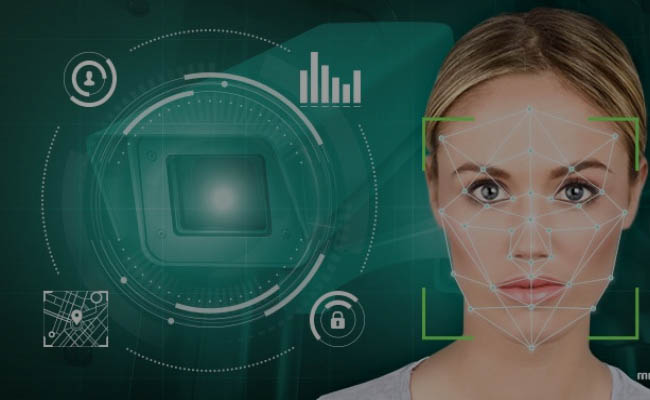
In the last six months, the Government of India has disconnected more than 64 lakh or 6.4 million "fraudulent" phone connections detected with the help of facial recognition.
The ASTR or Artificial Intelligence and Facial Recognition powered solution developed by the Department of Telecommunications' (DoT) Centre of Development of Telematics (C-DoT) detected that the photo of a single person has been used for procuring SIM cards beyond the permitted number of times. The solution has been developed for Telecom SIM Subscriber Verification.
According to regulations of DoT, a person can have nine sim cards with an Aadhaar card. But the ASTR tool found that in some cases a single person has procured phone connections, not just hundreds of times, but in thousands.
The facial recognition algorithm detects the similarity of facial features of a person in the phone registration database to find if he or she has procured a connection beyond the permitted number of times.
"We run this exercise on 140 crore, complete database of India. It is a very complex process and nowhere in the world has such a large database been processed simultaneously," Rajkumar Upadhyay, CEO of C-DoT told a news source.
He also mentioned cases where a person took multiple sim cards by using disguises while going through the registration procedure.
"Even when a person takes multiple sim connections by wearing disguises, the database tries to find similarities in these photos. We call this 'facial vector' and every person has a unique facial vector. And vectors such as a person's lips, eyes, they don't change with disguises," Upadhyay said.
"After that, the algorithm tries to find more people with similar facial vectors who have procured sim cards. That is because by law, one cannot take more than nine connections. But in some cases, we found even 1,000-2,000 photos," Upadhyay added.
Upadhyay is of the opinion that majorly most of such connections are used for cyber frauds such as impersonating as fake customer care agents to dupe unsuspecting customers. In the last few years, such cases have increased manifold and law enforcement agencies have been grappling with its magnitude with victims running into lakhs across India.
After detecting such cases, notifications have been sent to the concerned telecom service provider. Then notices are sent to such persons and they are asked for KYC proof. After 60 days, in case the authorities do not receive a proper response, the connection is disabled.
He also added that authorities have initiated measures to address the outlets selling these SIM cards in large quantities.
"What is the source of these sims? They had to have been purchased at a shop. We have now caught them too, because these frauds would not have been possible without their involvement," he said.


Legal Battle Over IT Act Intensifies Amid Musk’s India Plans
The outcome of the legal dispute between X Corp and the Indian government c...

Wipro inks 10-year deal with Phoenix Group's ReAssure UK worth
The agreement, executed through Wipro and its 100% subsidiary,...

Centre announces that DPDP Rules nearing Finalisation by April
The government seeks to refine the rules for robust data protection, ensuri...

Home Ministry cracks down on PoS agents in digital arrest scam
Digital arrest scams are a growing cybercrime where victims are coerced or ...


Icons Of India : Arundhati Bhattacharya
Arundhati Bhattacharya serves as the Chairperson and CEO of Salesforce...
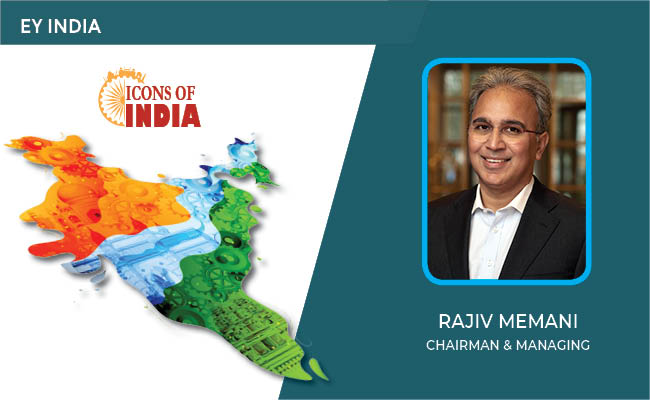
ICONS OF INDIA : RAJIV MEMANI
As Chair of the EY Global Emerging Markets Committee, Rajiv connects e...

ICONS OF INDIA : SANJAY GUPTA
Sanjay Gupta is the Country Head and Vice President of Google India an...

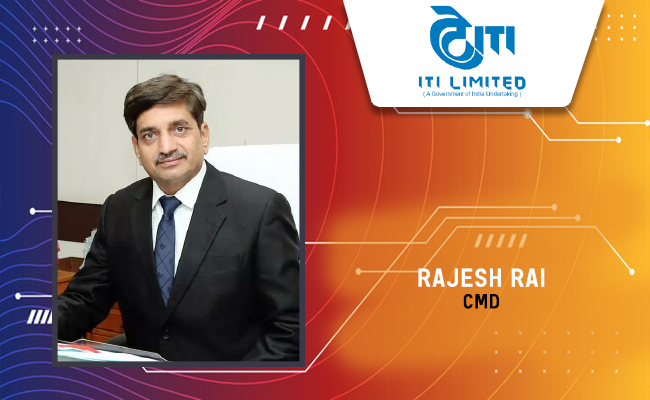
ITI - ITI Limited
ITI Limited is a leading provider of telecommunications equipment, sol...
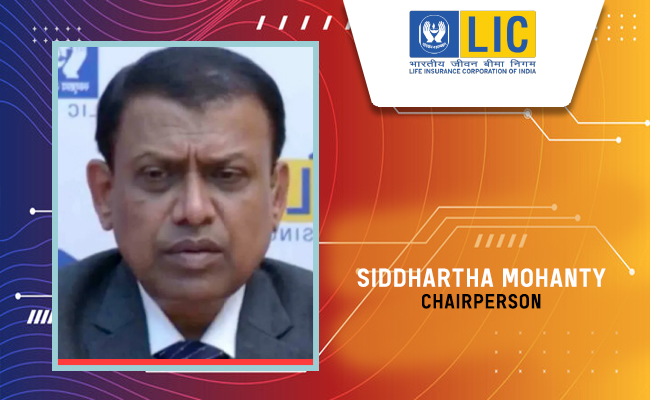
LIC - Life Insurance Corporation of India
LIC is the largest state-owned life insurance company in India...
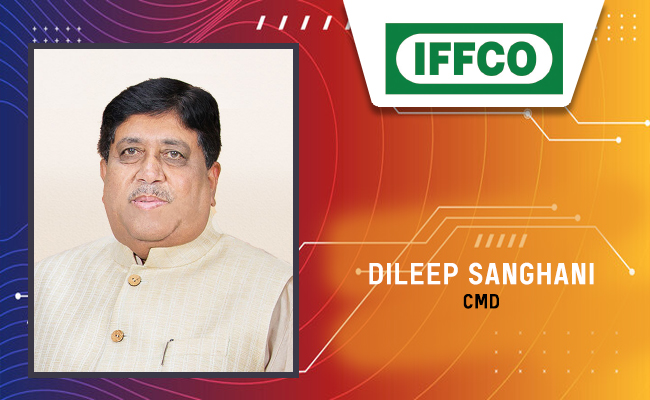
IFFCO - Indian Farmers Fertiliser Cooperative
IFFCO operates as a cooperative society owned and controlled by its fa...


Indian Tech Talent Excelling The Tech World - Steve Sanghi, Executive Chair, Microchip
Steve Sanghi, the Executive Chair of Microchip Technology, has been a ...

Indian Tech Talent Excelling The Tech World - Satya Nadella, Chairman & CEO- Microsoft
Satya Nadella, the Chairman and CEO of Microsoft, recently emphasized ...

Indian Tech Talent Excelling The Tech World - ARVIND KRISHNA, CEO – IBM
Arvind Krishna, an Indian-American business executive, serves as the C...
 of images belongs to the respective copyright holders
of images belongs to the respective copyright holders